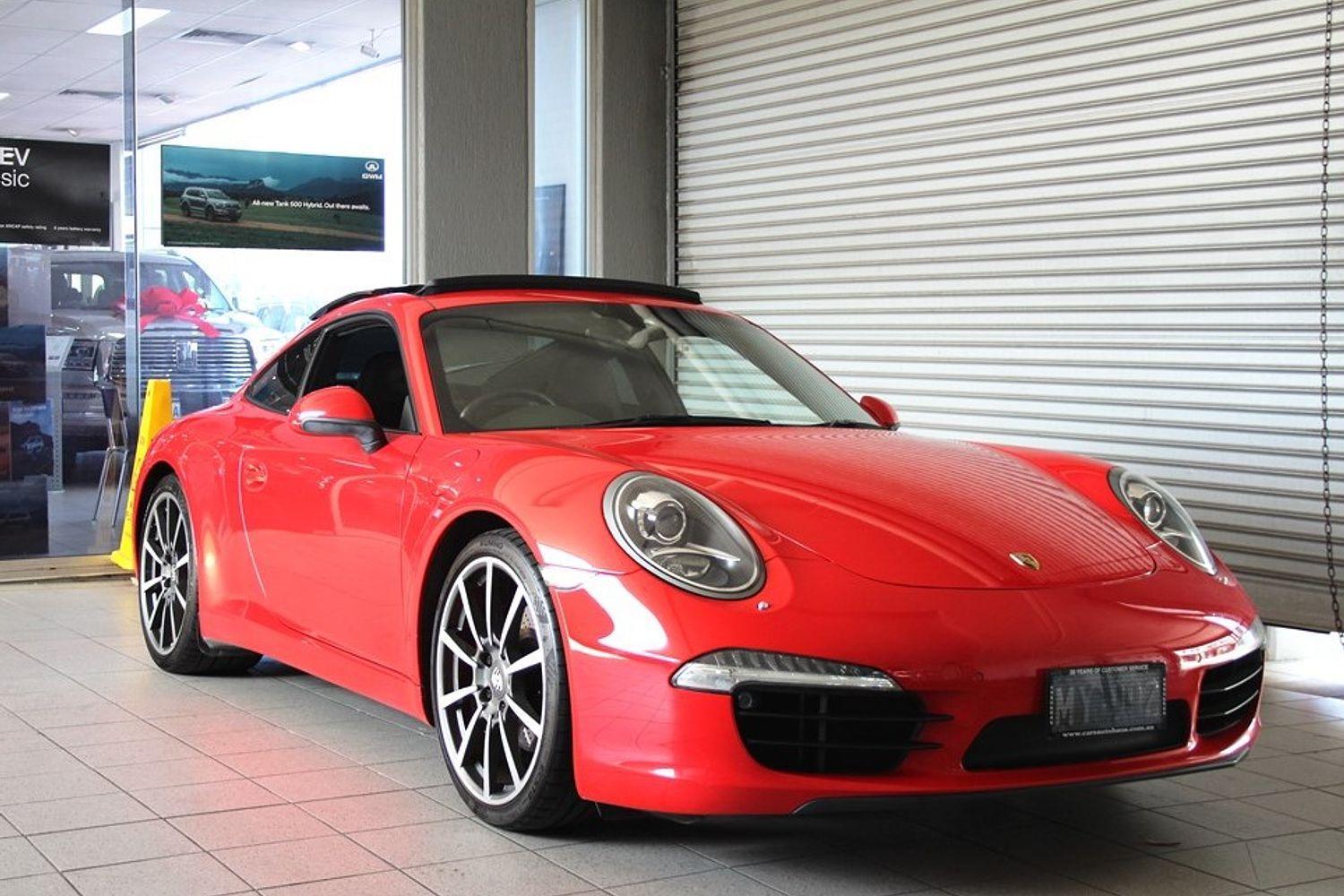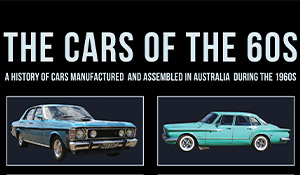Holden Special Vehicles hits 30
Holden Special Vehicles (HSV) was born in 1987 when Tom Walkinshaw, a Pom, won a world-wide tender to establish a performance arm for General Motors Holden. And the guy had cred, a former racing driver, he launched To Walkinshaw Racing in 1975, building a motorsport and road car business that continues to this day. Indeed, racing teams have competed in everything from Formula One, to NASCAR, to V8 Supercars, and the British Touring Car Championships.
While the 1988 VL SS Group A SV was, technically, a Walkinshaw contract build for Holden, it’s widely regarded as the car that launched HSV. There were initially only 500 built to comply with Group A racing rules, but a further 250 were built due to demand. The VL SS Group A SV ran a modified 5.0L V8 pumping out 180kW and 380Nm of torque, while its bodykit boasted 25% improved aerodynamics compared with its predecessor the HDT SS Group A.
Following the VL, the VN SV5000 in 1989 marked a styling change for the Commodore and the HSV kit bolted onto it. The VN SV5000 also copped significant engine enhancements, pushing output to 200kW.
In 1990, the VN ClubSport arrived marking the first time HSV had used that variant name. More significantly, perhaps, 1990 was also the year in which HSV became the name on the car, rather than SV. In the same year, the VG Maloo made its debut at the Sydney Motor Show; the first performance ute an Australian company had ever produced.
The VN Group A SS also hit the street in 1990, and saw the 5.0L V8 pumping out 215kW and 410Nm of torque. It came mated to a six-speed manual transmission. The suspension was thoroughly reworked with higher rate front and rear springs, heavier anti-roll bars, and Bilstein front and rear dampers. It was also the last of the Group A era.
In 1994, the VR GTS launched boasting besides its bigger 5.7L V8, a six-speed automatic transmission and a locally-developed limited-slip differential. It also became the first Australian production car to be fitted with a driver’s side airbag.
In 1996, the XU3 yellow VS GTSR was released with its front spoiler that mimicked the one bolted to the front of that season’s HRT race car.
Then came the VT GTS with its luxury interior and tweaked suspension and brake package… it was the last model to feature the 5.0L and 5.7L V8s.
The 1999 HSV VTII SV99 (only 99 were built) became the first model to run the new, imported Chevrolet 5.7L V8 which produced 250kW. It was only available in Hackett Gold.
Sidestepping the Millenium Bug, the VX ClubSport R8 arrived boasting 255kW and 475Nm of torque as well as a 10-stack CD player, climate control, performance brakes and tweaked suspension. At the same time, the VX GTS offered a 300kW engine.
The following year, the GTS Coupe arrived, boasting the same 300kW engine from the VX GTS, and a 6-speed close-ratio gearbox complete with a “Quick-shift” short throw feature.
The VY GTS arrived in 2002 sharing the braking package and 300kW engine with the GTS Coupe from the year before, but offering a much-improved interior compared with HSVs that had gone before.
In 2004, the HSV Coupe4 arrived boasting all-wheel drive and was a joint development project between Holden and HSV. Indeed, the modification, for the first time ever of an HSV, began on the Holden production line in South Australia.
In the same year, the Z Series Maloo R8 launched boasting 19-inch wheels and tyres, along with Traction Control and Multi-link independent rear suspension, all of which were totally exclusive to the Z Series Maloo models.
In 2006, the Maloo R8 was piloted by Mark Skaife at Woomera Air Base setting a world record for the “World’s Fastest Production Pickup/Utility” at 271.44km/h.
The HSV E Series GTS marked the return of that nameplate to HSV offering a beefed-up braking system, improved suspension, heavily bolstered seats and a unique HSV instrument cluster.
In 2008, the 20th anniversary of HSV, the W427 was revealed at the Melbourne Motor Show, with HSV confirming its production four months later. It offered 375kW and 640Nm of torque, supercar styling (V8 Supercars, that is) and a magnetic ride control suspension set-up.
Following throughout the late 2000s were a slew of refreshed HSV models, all boasting more power, improved handling and luxury than their predecessors. These included, the 20th anniversary Maloo, the E Series 3 GTS, and the 25th anniversary GTS.
The Gen F HSV GTS arrived in 2013, and was the fastest and most powerful GTS ever with 430kw of power 740Nm of torque. This model saw plenty of new features, including the Driver Preference Dial. Located conveniently behind the gear shifter, the Driver Preference Dial adjusted the vehicle’s ESC, Traction Control, Launch Control (manual transmission), Torque Vectoring, Electric Power Steering (another new addition to the GEN-F range), MRC and Bi-Modal Exhaust, according to four distinct pre-set modes – Touring, Sport, Performance and Track. In doing so, the vehicle’s handling characteristics instantly changed.
In the same stable was a GTS Maloo in 2014, with the Gen-F2 ClubSport R8 LSA arriving in 2016. It saw power and torque jump from 340kW/570Nm to 400kW and 671Nm of torque. The addition of the Supercharged LSA engine brought with it modifications to the vehicle’s suspension set-up. Spring and damper rates were stiffened to reduce body-roll and further improve corner-entry response while the unique rear suspension module delivers improved rear stiffness and rear braking efficiency.
And now we have the GTSR W1 which runs a supercharged V8 making 474kW and 815Nm of torque. HSV calls it a road legal race car.
HSV has had an amazing history and has produced some of this country’s most iconic road cars, but after 30 years the curtain has come down on its Commodore-tuning business. But it’s next chapter is just about to begin… will the Australian public get behind it?





















